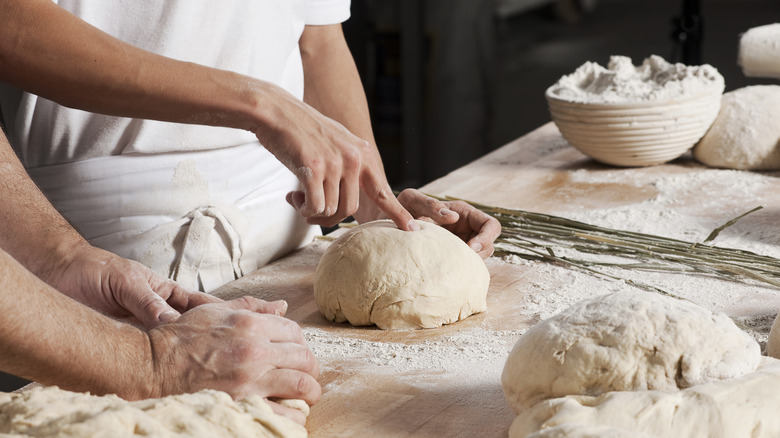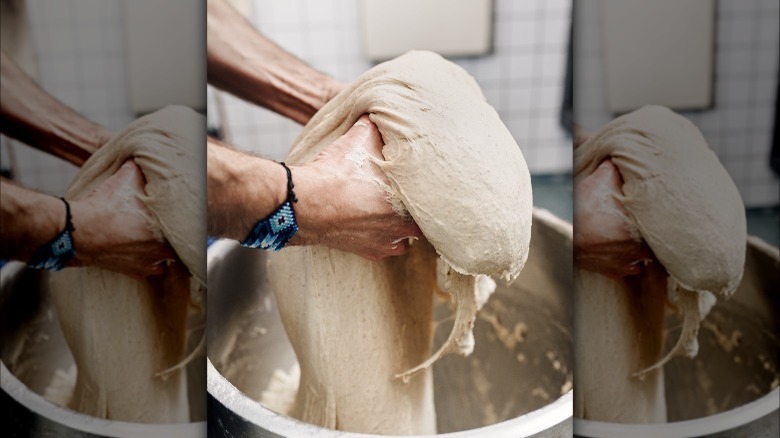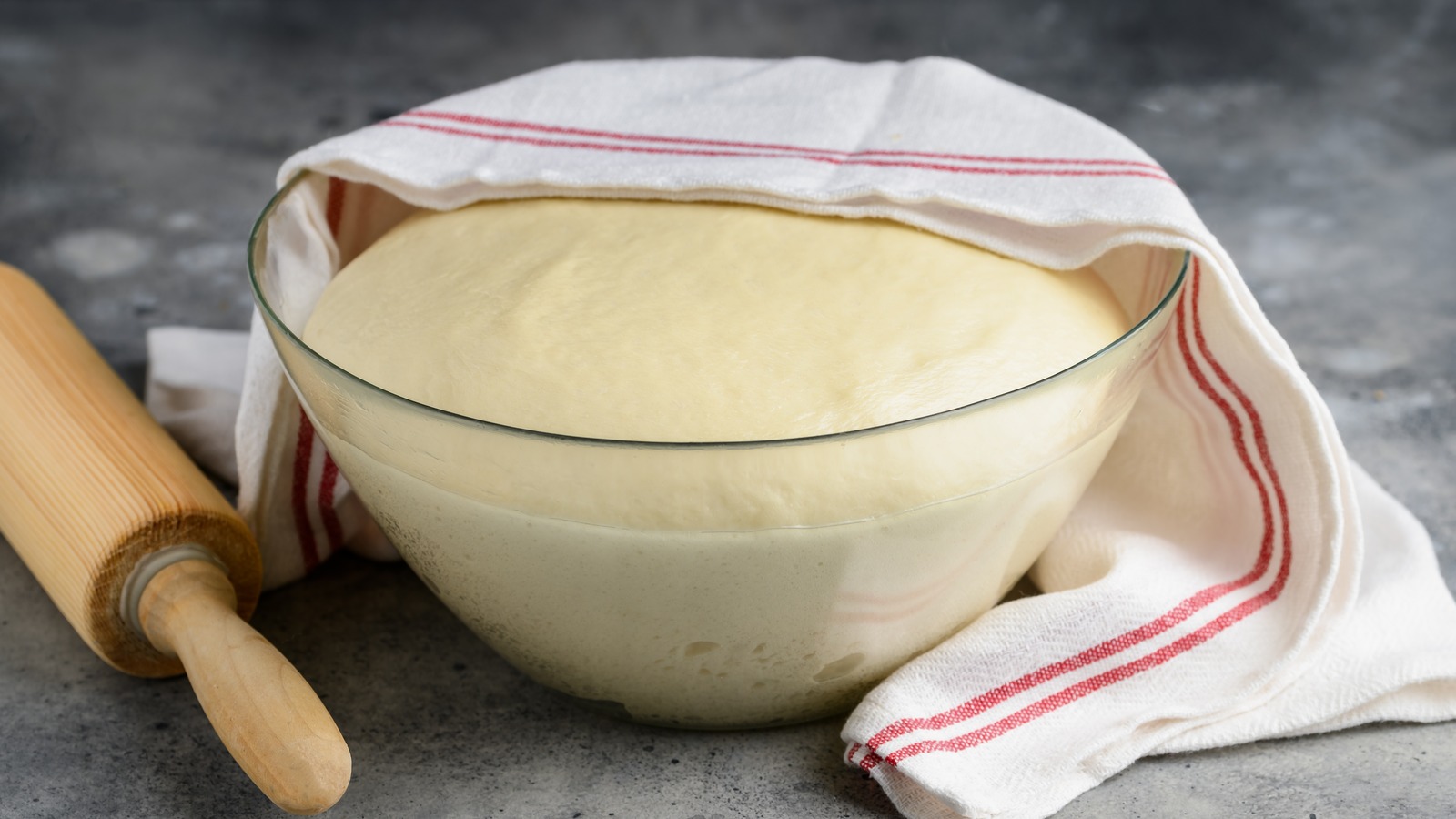If you’re taking the time and effort to keep a sourdough starter alive, the last thing you want to see happen is for the dough to not proof correctly. To better understand the signs of under- and over-proofing and what to do about it, we talked to Nathan Myhrvold, founder of Modernist Cuisine and lead author of “Modernist Cuisine: The Art and Science of Cooking,” “Modernist Cuisine at Home,” “The Photography of Modernist Cuisine,” “Modernist Bread,” and the forthcoming “Modernist Pizza.”
Myhrvold is no snake oil salesman. He wants people to succeed in their pursuit of good bread which means very little sugarcoating. He admitted that “even experienced bakers find [calling proof] can be one of their most difficult tasks.” That’s not very reassuring, but Myhrvold had great insight into how to learn the proper technique.
But first, we should clarify what we’re talking about. Proofing bread is what happens when you’ve put the yeast, flour, and water together and are now letting it rise. Many bakers use proofing baskets to help shape the bread but placing the dough in a bowl and covering it with a damp towel works just as well. As the yeast eats the sugar in the dough it creates carbon dioxide which causes the dough to rise. Under-proofed dough wasn’t allowed to rise enough, which will result in dense bread. Over-proofed dough “may have a pale crust and a tight crumb, and you’re likely to taste alcohol.”
Useful signs for calling proof in sourdough

How do we know dough is over-proofed? “[The dough] will look like a balloon in the throes of deflating,” Nathan Myhrvold said. “You’ll see wrinkles where there were bubbles of carbon dioxide [and] the dough will smell more like alcohol than yeast.” Because too much gas has built up “the cell walls between the bubbles become thinner.” That’s not good because you need the dough to be strong enough to maintain its structure. “True over-proofing involves an irreversible thinning and possible tearing of the cell walls.” Under-proofed dough is flat and dense, leading to a loss of shape and potentially a ruptured loaf.
Myhrvold’s advice was to learn “through trial and error.” More specifically, he recommends the fingertip test. “The fingertip test is not a scientific method, and you’ll have to practice to become proficient, but it’s good enough for an educated assessment.
“Use your finger to gently press the exposed surface of the dough for two seconds,” he continued. “The pressure should leave a small dent in the dough. It will slowly spring back, but the indentation should remain clearly visible.” Much of this comes down to muscle memory but you’re looking for “the water content of the dough, its gluten development, the bubble integrity, and the amount of gas captured in the loaf.” This works best when you’ve familiarized yourself with a specific recipe. “If the baked loaf turns out successfully,” Myhrvold explained, “remember what that dough felt and looked like. Do not underestimate the power of muscle memory.”
What to do with under- and over-proofed dough

Now that we can tell what’s going on with our dough, we need a plan of attack to fix it. Under-proofed dough is fairly easy since all you need to do is let the dough rise more before baking it. “If you accidentally bake bread that is under-proofed,” Myhrvold said, “you can always make bread crumbs or croutons rather than throwing it away.”
As for over-proofed dough, “conventional wisdom holds that over-proofed doughs are irretrievably damaged and should be thrown away,” he continued. “Our experiments found just the opposite. In fact, we were able to resuscitate the same batch of dough up to 10 times before it suffered any serious loss in quality.” That’s great, but what does it mean to resuscitate dough? It’s a lot easier than it sounds. “The first step is to confirm that your dough really is over-proofed. It may just have excess gas rather than something more dire… Perform the fingertip test to determine the dough’s condition: If the dent in the dough created by poking it with your finger doesn’t spring back at all, the dough is probably over-proofed.”
“The trick to reviving your dough hinges on releasing the gas and alcohol and reinforcing the cell walls,” Myhrvold explained. “Just degas the dough, and reshape it. Doing so is so simple that you’ll want to cry for every loaf of over-proofed dough you have thrown out.”







